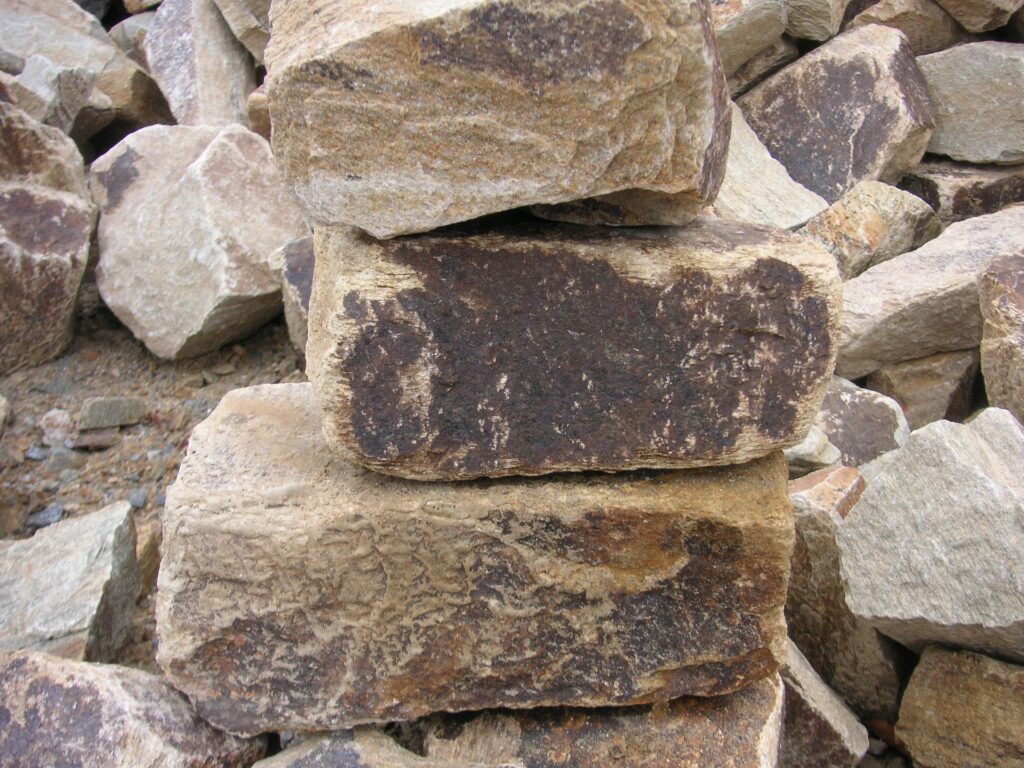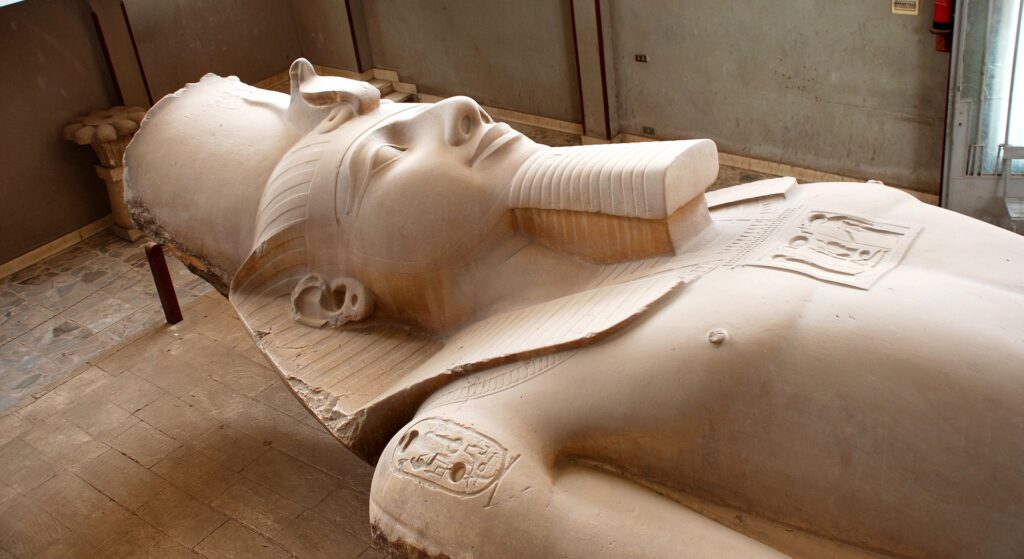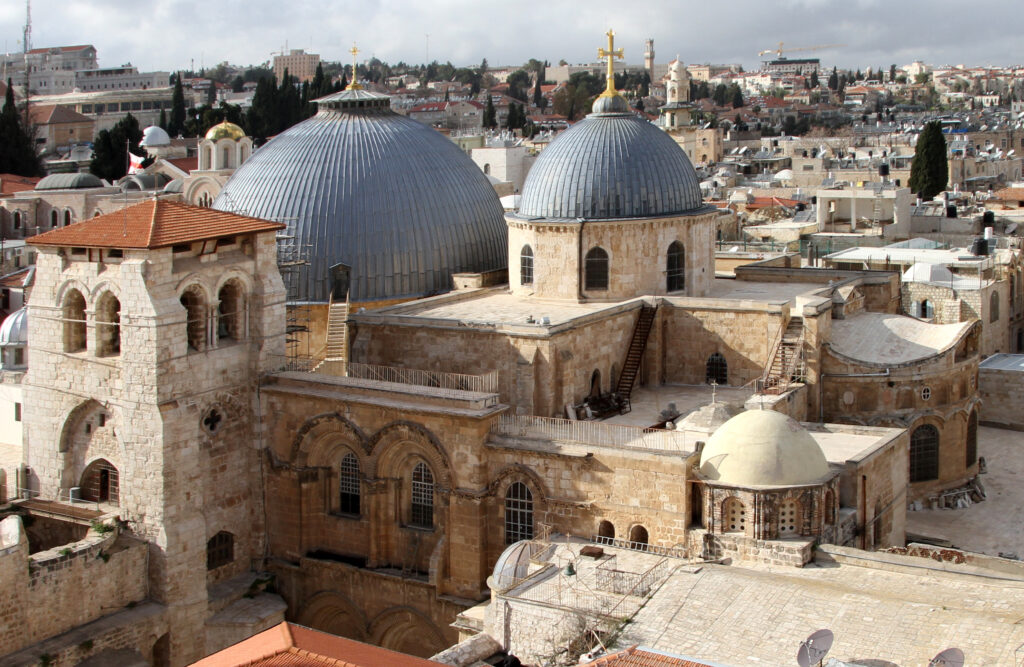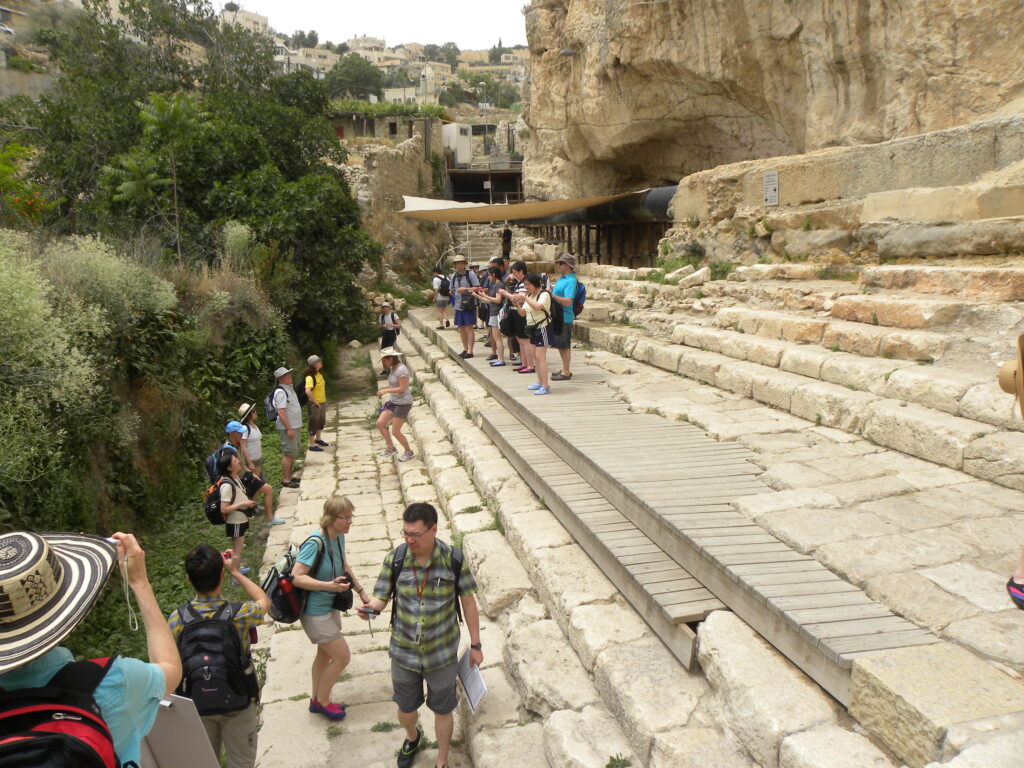A colorful mosaic floor with flower designs has been discovered by archaeologists at an ancient church that dates back to the period of the Eastern Roman Empire. Even though the mosaic floor was first uncovered in 1980, it was forgotten and was soon concealed by dirt and overgrowth. In order to uncover it again, the Israel Antiquities Authority collaborated with a number of volunteers and the Shoham Local Council. Situated along a hiking trail, the church was built during the Byzantine period. As reported by the Israel Antiquities Authority, previously, a “Roman-period rural villa” was part of this location with numerous buildings and agricultural processing.
Christian Headlines reports:
Archaeologists in Israel have uncovered the mosaic floor of an ancient church from the Roman era and are opening it up to the public with the hope that hikers and tourists will stop by the site.
The flower-designed mosaic floor was originally discovered in 1980 but was soon covered with overgrowth and dirt and forgotten. The Israel Antiquities Authority joined with the Shoham Local Council and a group of volunteers to “re-uncover it” and prepare it for the public – its first display in 40 years, according to a news release. It features “colorful floral designs,” the news release said.
The site is located along the Israel National Trail, a hiking trail that spans from north to south.
“It’s quite feasible that the mosaic artisan sat here and was inspired by the anemones flowering all around him,” said Yair Amitzur, an archaeologist with the Israel Antiquities Authority.
Originally, a “Roman-period rural villa” was located at the site, according to the Israel Antiquities Authority, with agricultural processing installations and multiple buildings.
The church was built on the site during the Byzantine period, which is sometimes called the Eastern Roman Empire. The Byzantine era spans from the 300s to the 1400s.
The church would have been situated along an ancient road. That road would have included “refreshing stations” every few kilometers. The sites offered travelers a “place for a rest and for prayer, and for recovering their energy,” the Israel Antiquities Authority said.
Read the full article here.







